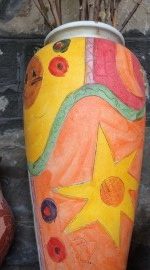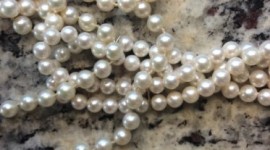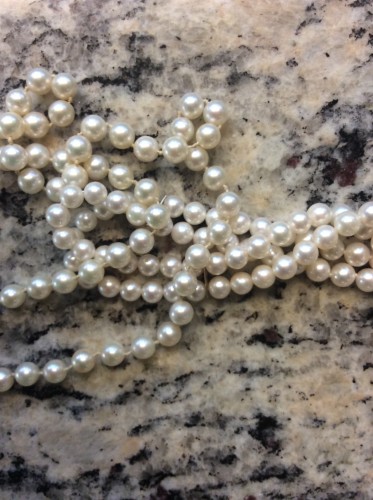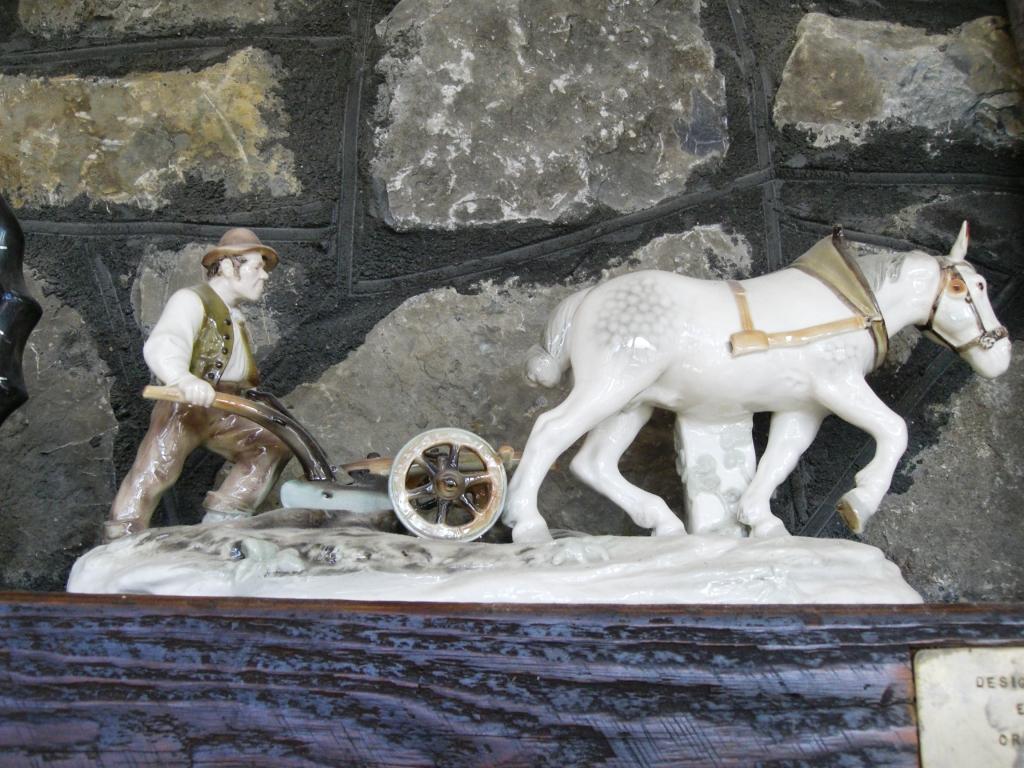You can’t bring home the sunshine or the smell of salt water, nor the fields of sunflowers that line Spain’s highways and railroad tracks. But for travelers interested in authentic souvenirs that reflect the culture, Spain has a variety of packable and reasonably priced mementos, many of which make great gifts.
Flamenco Souvenirs
Flamenco is one of Spain’s best known art forms, with music and dancing that fill the street, spill out of bars, and attract tourists and locals alike during festivals. If you want to go whole hog, yes, flamenco dresses are indeed available — but you might regret the expense (and find them of limited use) once you return to places like New York or Chicago. Much more portable (and functional, too, if you happen to be a musician): a pair of Castanets, which click together to help make the distinctive Iberian sound. While castanuelas is the Spanish word for chestnuts, these percussion instruments are actually made of concave shells
If you just want to look the part, fans (abanicao) and shawls (mantones de manila) will do the job. Both are functional: Fans, to stir the hot Spanish air, shawls, to ward off the nightly chill. And both are decorative and make nice gifts.
Fans come in all levels of artisanship from colorful street junk (a few dollars) to true artworks that can cost several hundred dollars or more. (Check out the Casa de Diego in Puerto del Sol, Madrid: It’s a family business of artisans who have been making traditional fans for generations).
Shawls can be elaborately embroidered. As their name in Spanish implies, they were originally brought to Spain from Manila in the Philippines, but were made in China. Nonetheless, they are an authentic part of Spanish culture, and are used by both flamenco dancers and everyone else, although usually for more formal events. Prices start at around $50 and rise into the stratosphere, depending on the design, materials, and workmanship.
Flamenco CDs: Flamenco is popular throughout Andalusia, and you’ll find music stores selling flamenco CD in Madrid and Barcelona, as well. Or check out the buskers and festival musicians, and support them directly by buying a CD.
Spanish Guitars: Spain is the home not only of flamenco, but of classical guitar as well. (Think of the great Andrés Segovia, who hailed from Linares). There are some famed Spanish luthiers, but buying a high-end guitar is not a matter of pulling out a credit card; many make instruments to order. If you do find one you like, consider the import duty (the U.S. tax exemption is $800; more than that is taxed), the exchange rate, and the problem of traveling with a guitar on a plane. Happy hunting!
Food Items
Regardless of what salespeople will tell you — and the fact that foods are sold in the airport duty free notwithstanding — Americans returning from Spain have had meats and cheeses confiscated at U.S. airports, and some returning travelers have been subjected to heavy fines. (See U.S. Customs and Border Regulations.) Instead, bring back unopened, factory sealed containers of wine, olive oil, sherry (vino de Jeres), and cava (the Spanish equivalent of Champagne, but less pricey). Just pack them well, because they can’t go in carry-on luggage — unless you buy them in the duty free, which is probably the safest move.
Another culinary product: Saffron, or azafrán, which is used in Spanish dishes you may develop a taste for, such as paella. Just be sure it is commercially packaged and sealed.
Souvenir Crafts

Toledo is famous for its Damascene Ware, steel which is decorated with gold, silver, and copper. Toledo steel swords accompanied legions of Crusaders to the Holy Land. Today they are made for tourists, but if you don’t happen to have room for a sword in your checked luggage, you can choose from a host of smaller (and much more useful) other decorated and/or useful objects including letter openers, knives, and jewelry..
Souvenir thimbles are one of those tourist items — like refrigerator magnets — that travelers either love or hate. The thing with thimbles, though, is that some people actually find them useful. Gritos, Madrid’s Plaza Major, has a selection of collector quality thimbles made of porcelain, ceramics, and metals, in designs ranging from traditional floral patterns to contemporary comic book character. Someone on your gift list is going to love one, and they take up no room in your luggage. Prices start at around $2,00 U.S.
Leather and Shoes
Spanish leather goods: Leather specialty stores can be found throughout Spain. The quality is high. Bags, wallets, and gloves are immediately functional and portable. But if you could be lured into buying a leather jacket, check out the El Corte Ingles, a department store chain found throughout the country, which has an excellent selection of leather goods (among many other items).
Stepping away from leather, we come to espadrilles (also known as alpargatas): This popular shoe, made of cloth uppers and knotted rope soles woven from a tough grass. originated in Spain. Espardrilles can be closed and flat slipper-like shoes, open sandals, or higher-heeled shoes. They date back to at least the 14th century and were originally worn by working class people. Today they are a summer staple, though in Spain versions are available for as little as $10, honoring the shoe’s working class roots. If you are buying gifts, be sure you know the recipient’s European size.
Majórica Pearls

Can a fake be better than the real thing? The Majórica company, located on the island of Mallorca, has been making pearls since 1897. The patented method approximates the natural process, by seeding “pearls” with a glass ball center that is then covered with layers of of an organic paste made of ground materials such as mother of pearl and fish scales. The result is a perfectly round pearl with a symmetry and shone that only the rarest and most expensive natural pearls can match, but at a much lower prices (individual pearls start at around $25).



